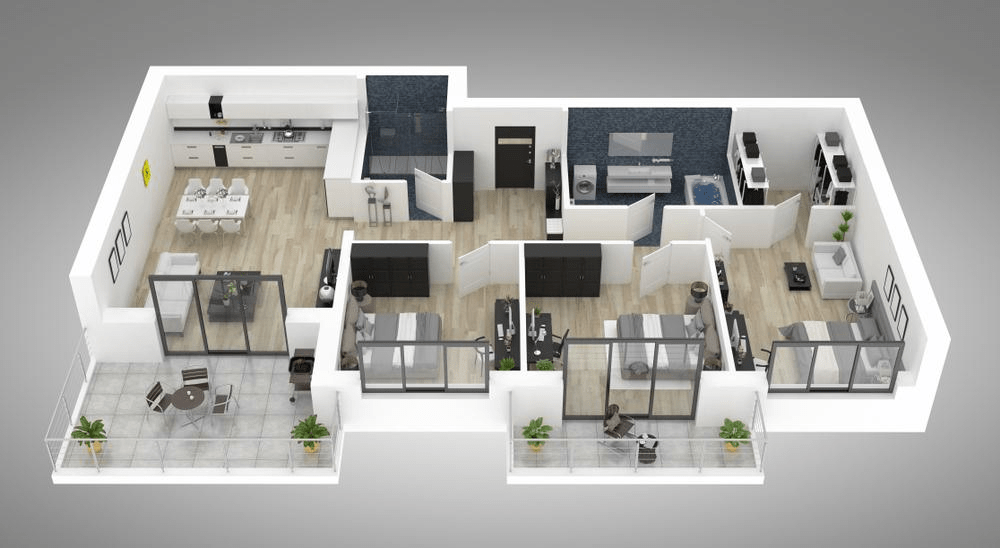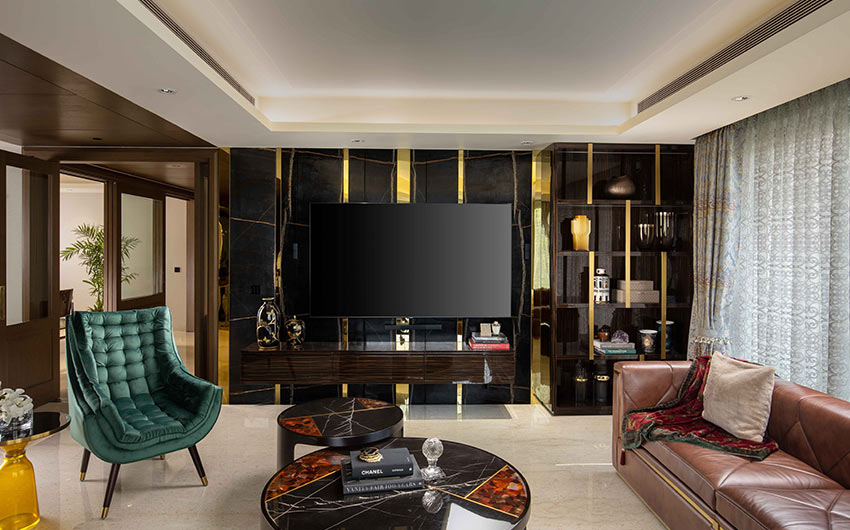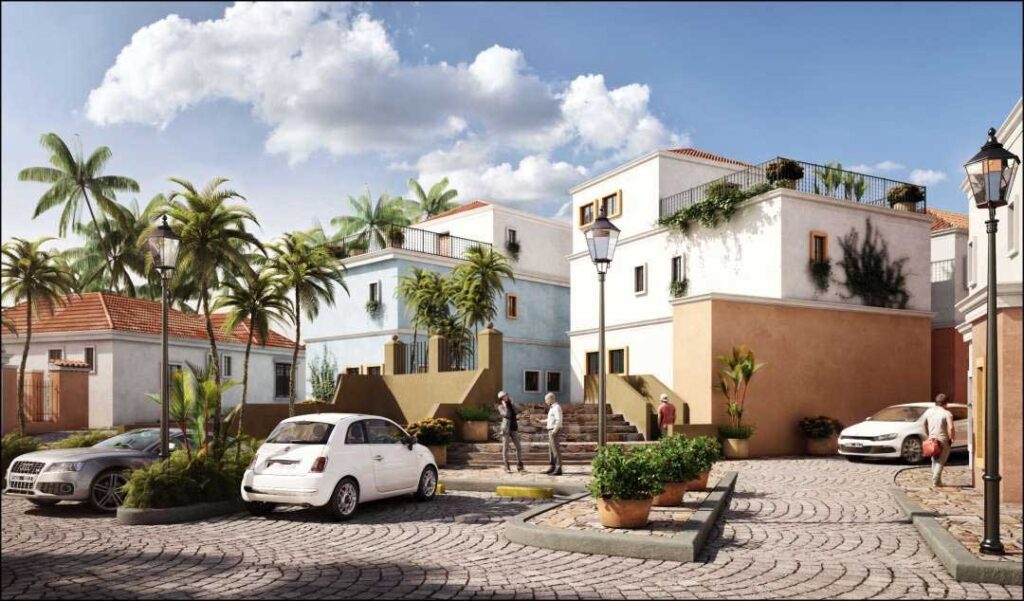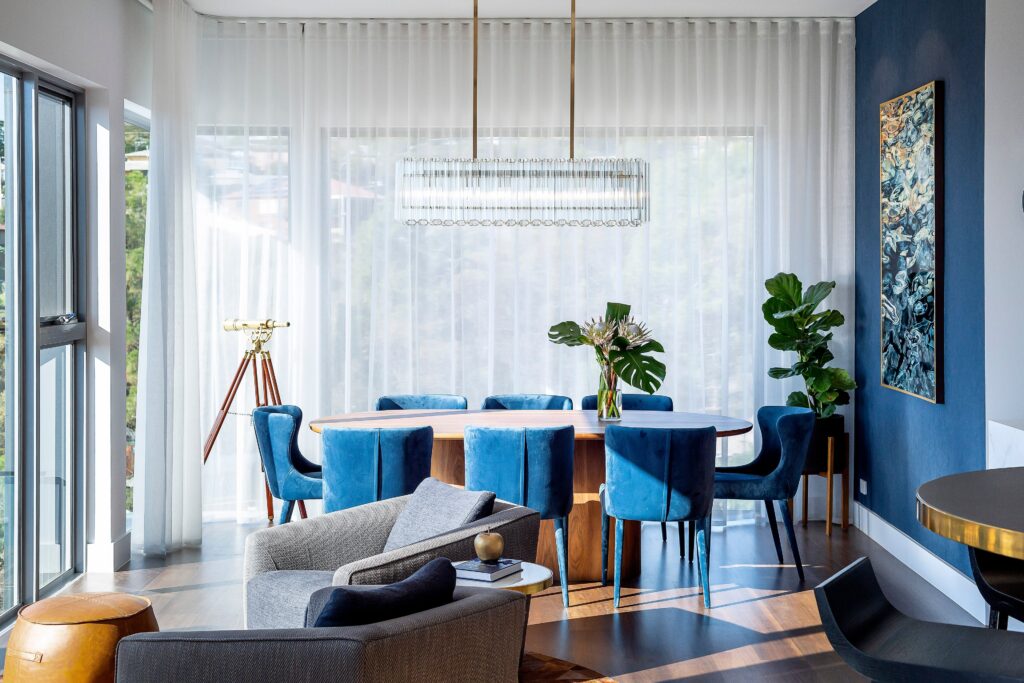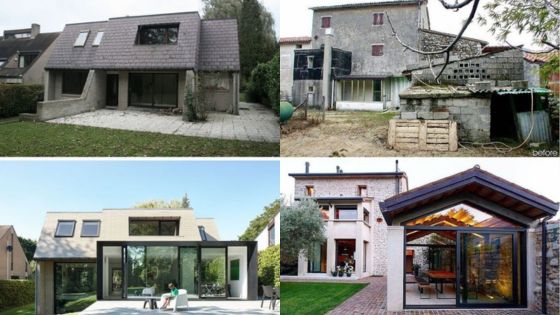Virtual Staging
Space Planning & Layout Design
- Room Layout Optimization: Architects help ensure that the virtual layout of furniture and decor makes the best use of the space, highlighting functional flow and maximizing room usage.
- Structural Enhancements: They may make subtle adjustments to the virtual floor plan, such as repositioning walls or adding openings, to enhance the space’s layout and potential.
Interior Design Conceptualization
- Design Themes & Style Selection: Architects play a key role in choosing appropriate design styles that align with the architecture and target audience, such as modern, contemporary, industrial, or traditional themes.
- Material & Texture Representation: They ensure that the virtual staging reflects realistic architectural materials like wood, stone, or metal in furniture and decor, ensuring authenticity.
3D Rendering & Visualization
- Architectural 3D Modeling: Architects use 3D modeling software to generate highly detailed and accurate representations of the space, which is the foundation for all virtual staging work.
- Lighting & Shadow Simulation: They ensure the proper use of natural and artificial lighting in the virtual space, replicating how the building’s architectural elements interact with light and shadows.
Custom Furniture & Interior Design Integration
- Tailored to Space & Architecture: Architects can select or design custom furniture that complements the architecture, making sure the furnishings are in harmony with the building’s style and structure.
- Architectural Features Emphasis: Staging focuses on highlighting key architectural features (e.g., high ceilings, exposed beams, unique windows), drawing attention to the design’s strengths.
Visualization for Renovations or Modifications
- Pre-Construction Visuals: Architects use virtual staging to help clients visualize how spaces will look post-renovation or after architectural modifications, such as an extension, loft conversion, or layout change.
- Design Feedback & Revisions: Virtual staging allows architects to present design options and receive feedback, making it easier to finalize the vision before construction or renovation begins.
Elevation & Exterior Views
- Architectural Facade Staging: In some cases, architects may also virtually stage the exterior of a building to complement the interior, enhancing the curb appeal by adding virtual landscaping, outdoor furniture, or other exterior elements.
- Contextual Visualization: They can create images that show how the structure fits within its environment, demonstrating its relationship with the surrounding landscape, neighborhood, or cityscape.
Explore Our Completed Projects
See how we’ve helped other clients bring their designs to life with our portfolio. From residential homes to commercial complexes, we take pride in every project’s success.

